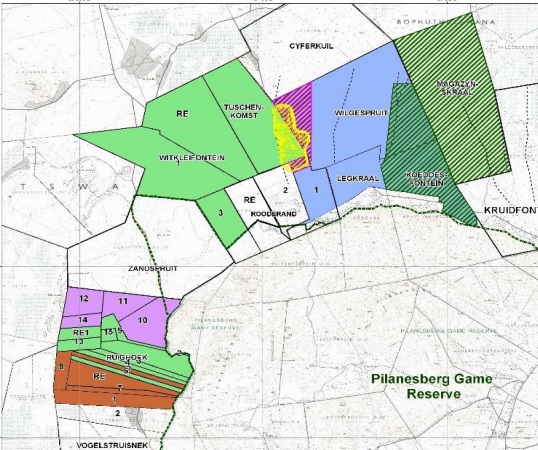Expectations of mining companies and the needs of mining communities in South Africa

This research study focused on identifying the gap between the expectations of mining companies and communities in relation to development and social responsibility. The qualitative research focused on trying to understand the alignment or misalignment of the different stakeholders' expectations and was relevant, firstly, given the recent community unrest in the mining communities; and second, because of the Department of Mineral Resources’ (DMR) focus on community development around the mining towns, with particular emphasis on mines being expected to uplift the communities around the mines.
Identifying the gap between their respective expectations would be beneficial for both the communities as well as the mining companies. The benefit to the communities would come in the form of relevant development and assistance being given to the communities. Another benefit would be to the mining companies who face community unrest, yet may not fully understand the communities’ needs.
The study found that some of the expectations from community leaders were different to those of the activists. Community leaders expected mines to focus on building schools, hospitals, and roads, developing skills, and giving business opportunities to community members, while activists were more concerned about environmental issues, land degradation, pollution of water and air, as well as rehabilitation of the land after the mine had used it. Similarly, the study identified that the government, expected the mines to develop the communities, as stipulated in the mines’ Social and Labour Plans.
It is clear from the study that the communication between the different stakeholders can assist in closing the gap between the communities’ and mines’ expectations. This in turn would prevent community unrest and subsequent road closures, enable the mines to operate profitably, and offer employment and development opportunities to the community.
This resource is part of the Mining Towns Collection kindly sponsored by the Municipal Capability and Partnership Programme. Abstract based on source.


Comments